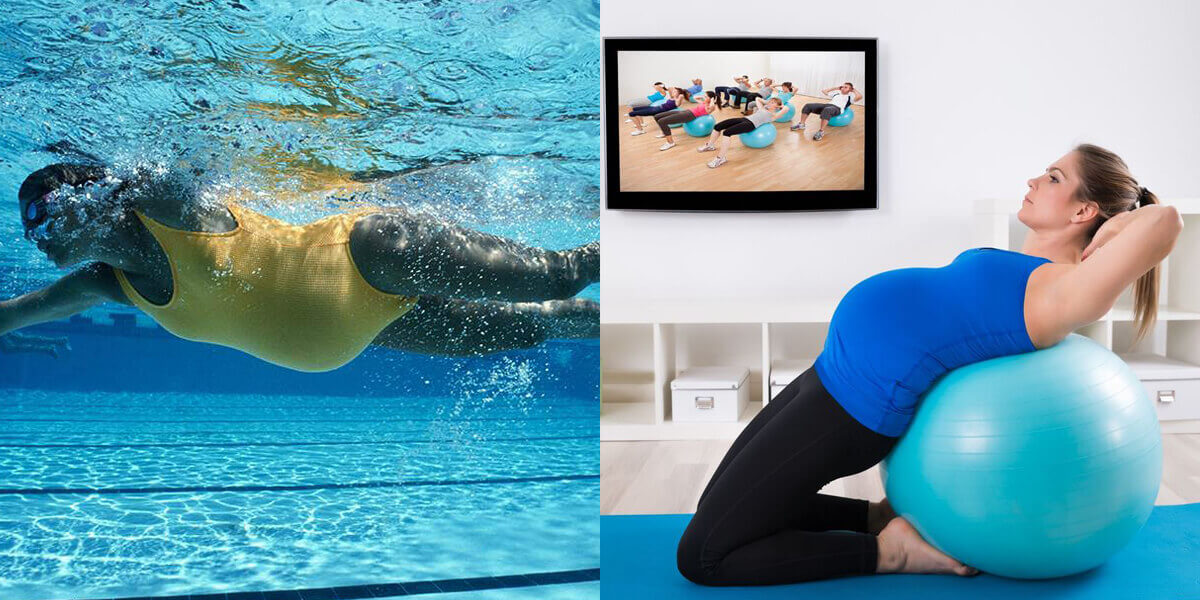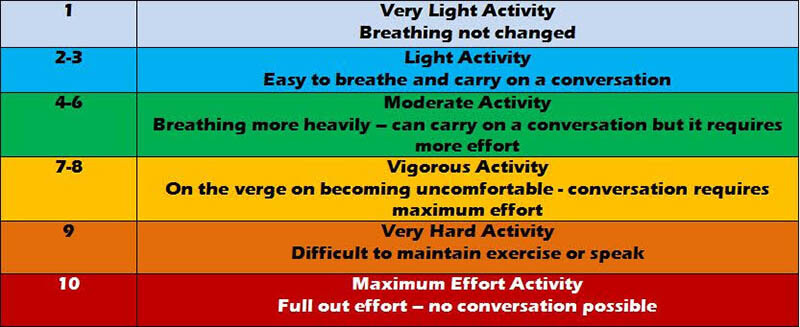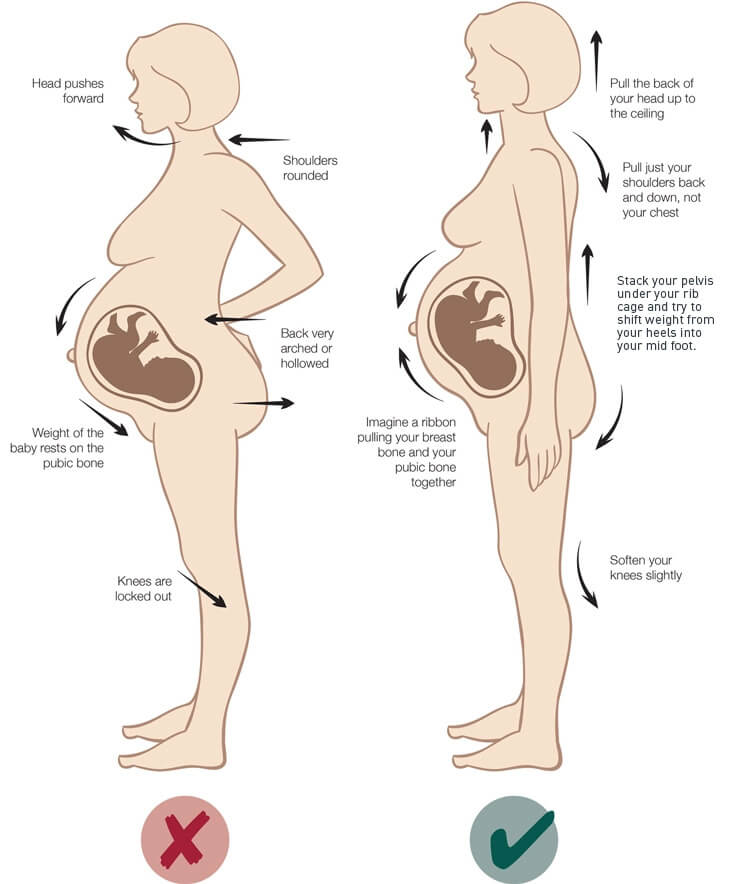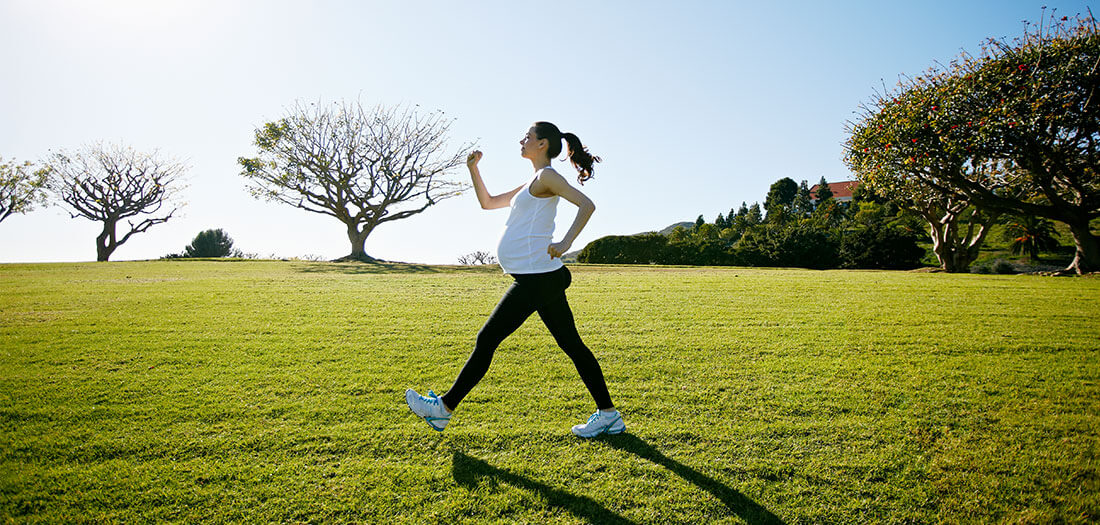
Exercise, in my experience is not a topic often openly discussed amongst pregnant women. Having spent a lot of time during my first pregnancy with other first time mums, many are unsure what they should or shouldn’t be doing to stay fit safely during their pregnancy. This often results in women reducing, never starting or ceasing exercise completely. This can happen especially during the first trimester; after all, who feels like exercising when all you want to do is sleep or if you suffer from nausea. However, if women can become educated on how to exercise safely and they do feel up to it then benefits to the mother and foetus are huge.
I wanted to start by remind you of some of the major physiological changes a women’s body goes through during the 40 ish weeks and the impact they have on the ability to do exercise:
Physiological changes in pregnancy and implications:
- Increased heart rate (HR) from the 2nd trimester – a rise of 16-20 heart beats per minute – If you are used to using HR to monitor your exertion during exercise then during this time it will become an an unreliable indicator. You are much better using the talk test.

- Increased blood volume – up to 1.5L – this can lead to light headedness and tiredness
- Increased cardiac output (amount of blood the heart pumps around in 1 min) – After 16 weeks it is advised to avoid lying on your back due to light headedness/ nausea and also to avoid all bridging exercises (lying on your back lifting your pelvis off the floor).
- Decreased diastolic Blood Pressure (pressure in the arteries when the heart rests) – therefore avoid motionless standing. Again you can feel lightheaded and nauseous.
- Respiratory changes – total lung capacity can decrease by 5% making it harder to breathe.
- Weight gain – it is typical to gain an extra 2st (10-15kg) by end of pregnancy which impacts your centre of gravity. Be mindful of this when doing physical activity.
- Hormonal – Relaxin – this is one of the hormones to have a big impact on the body. The name gives it away, it relaxes the ligaments in the body which hold joints together. This means you become more unstable especially if you don’t have good muscle strength around the joints.
- Gatrointestinal –poor digestion = constipation – this can lead to straining which in turn weakens the pelvic floor muscles – eating little and often, staying hydrated and doing regular pelvic floor exercises can all help.
Alongside these physiological changes postural changes also occur. As pregnancy progresses and the foetus grows as I mentioned above your centre of gravity changes – it moves forwards. Due to the added load at the front, the pelvis tilts forwards increasing the curve in the low back (lordosis). This in turn causes the hip flexor muscles to become tight and the glutes (buttocks) to switch off. The glute muscles also lose their abductor (taking the leg out to the side) function hence a waddling walking pattern is often observed.
The weight of the foetus also causes an increased loading on the pelvic floor muscles causing them to weaken. Increased relaxin levels cause the ligaments to relax in order for the pelvis to widen in anticipation for labour. All these factors cause the overall equilibrium of the spine and lumbar stability to be reduced.
Additional changes take place in the upper body including neck and head protraction (sticking chin out). This causes weakness in the back of the neck and tightness in the front ie the pecs. The mid back then compensates and becomes more rounded.

Wow, that is a lot of change! I hope you have kept up!
So, as you can see, a lot of changes are occurring in a women’s body during pregnancy and we should be mindful of this whilst doing exercise. However, the Canadian guidelines for physical activity during pregnancy suggest that all women without medical restrictions should be physically active throughout their pregnancy. These incudes those women with gestational diabetes, overweight and those who were previously inactive. Did you know currently only a staggering 15% of pregnant women meet the current guidelines for exercise during pregnancy.
What are the benefits of exercise?
Exercise for a pregnant woman can bring many health benefits. Studies show physical activity can reduce the risk of pregnancy related illnesses: depression by 25%, developing gestational diabetes, high blood pressure and pre eclampsia by 40%.
It may also help with weight management, enhance psychological well being and minimize perinatal complications for mother and foetus.
NOTE: There are some contraindications to exercise, so speak to your health care provider prior to starting your chosen exercise routine. This is especially important if you have pre existing medical conditions.
So what should you do?
Here are the recommendations:
- Pregnant women should get at least 150 mins of moderate intense physical activity a week which could include aerobic activities such as walking, swimming or stationary cycling, as well as resistance training, along with yoga and stretching. Begin gradual at a low intensity, increasing the duration and intensity as you go through the pregnancy.
- Exercise should be encouraged every day but at least over 3 days of the week
- A warm up and cool down should be included – this is important because of the increased risk of injury due to increased relaxin levels.
- Pelvic floor exercises should be performed daily such as Kegal exercises to reduce the change of urinary incontinence.

If you are pregnant or you know someone who is then we would love to help you/them to have the healthiest and happiest experience. We can provide a tailored exercise program in addition to offering other advice and treatment. Also if you are in pain or discomfort please do not delay in coming in to see us.
I will be posting some exercises on line as I go through my pregnancy so please be on the look out.
Bridget Higgs – Sports Therapist MSc
References –
Mottola MF, Davenport MH, Ruchat S-M, et al. 2019 Canadian guidelines for physical activity throughout pregnancy. British journal of sports medicine. 52 (21) 1339-1346. doi:10.1136/bjsports-2018-100056.
Mils H, et al. Bump start needed: linking guidelines, policy and practise in promoting physical activity during and beyond pregnancy. British journal of sports medicine. 2019: 0: 1-2. doi: 10. 1136/bjsports-2019-101413.
Vargus-Terrones M, Barakat R, Santacruz B, et al. British journal of sports medicine 2019; 53: 348-353.

